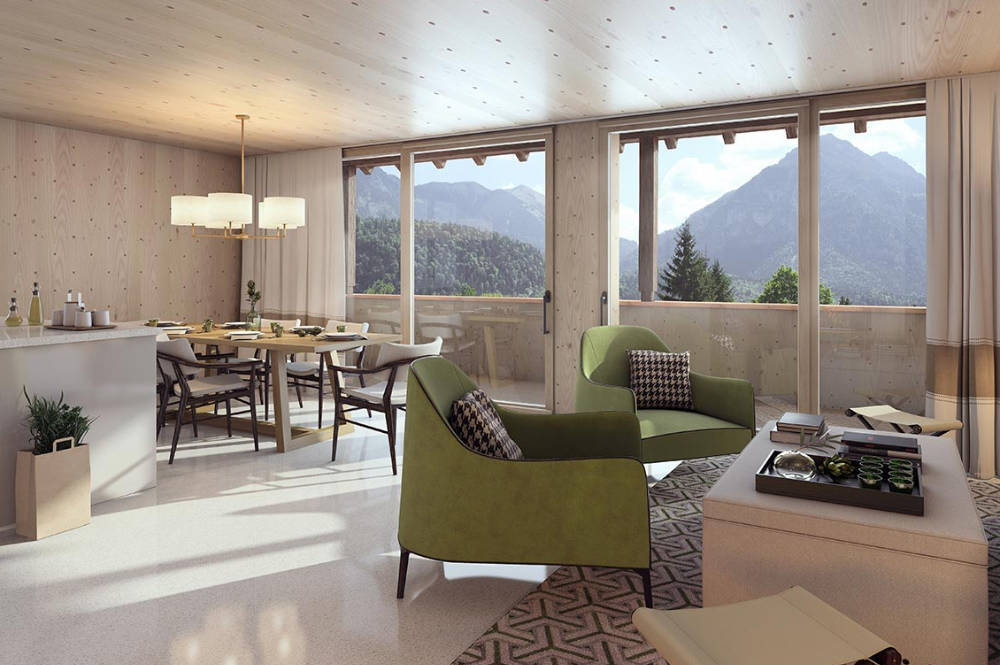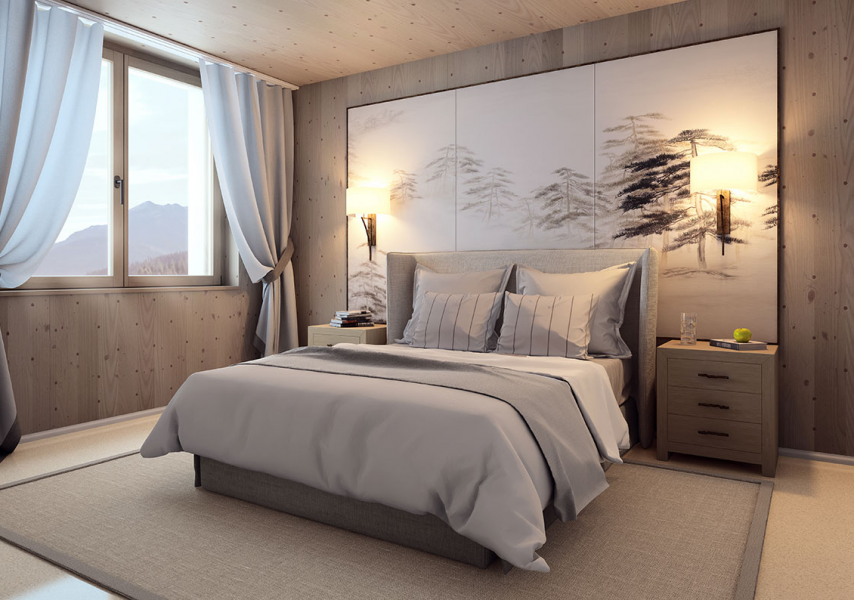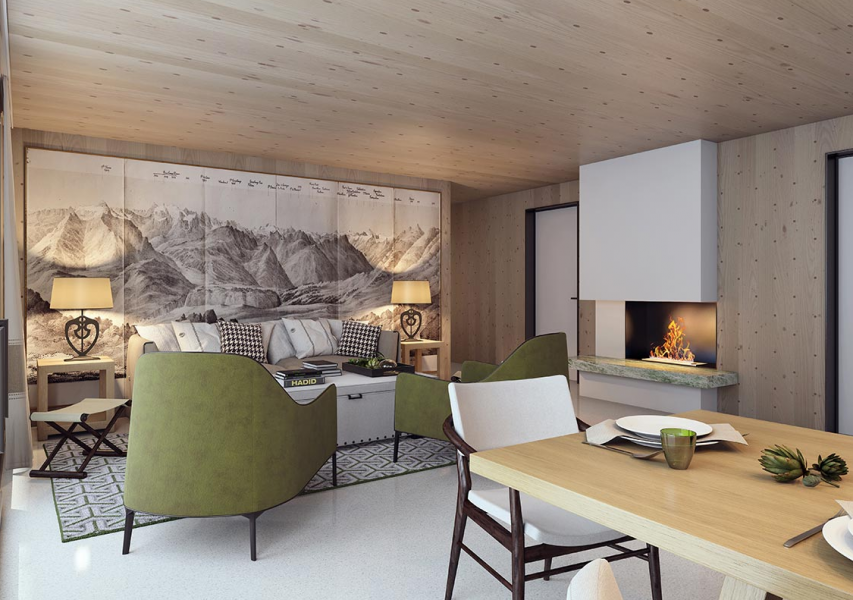|
It would be worth writing a whole book specifically about proper construction methods. Here are some worthwhile recommendations which should be followed by you, the architect, biological building officer and trades people. 1. Protect the building materials and construction from rain and moisture.Avoid lengthy exposure to the weather and finish the roof quickly. (Use well-seasoned wood) A wide enough roof overhang prevents direct contact with rain and is more effective than any treatment. Old, wooden buildings always have a wide roof overhang to protect external walls and cladding. Keep wood off the moist earth. Cladding and posts should never end up in the ground or soil. Make sure you build on sufficient foundation made from brick, concrete or rock. For an external cladding the vertical facade is preferable to horizontal. Water can run off all the wooden components which are exposed to rain and dampness and doesn't pool. Weather boards are to be installed onto a slatted frame allowing free air movement and circulation to wooden building components. Condensation, Frost and Foils:To build a more energy efficient home, more and better thermal insulation is in demand. However, proper insulation needs to dam and should not seal. Avoid water and air tight foils (vapor barriers) and rather use a recommended vapor retardant instead of a barrier. Condensation and dew water still remain risky for wood frame walls. It is important to ask professional tradespeople about all types of insulation. Ask them to calculate the dew point for every ceiling and wall construction and to confirm their results in writing. At a later point a vapor retardant might get injured and cause damage. The best solution is a solid, homogenous wooden wall like the Holz100 system presents. Here the vapor pressure is continuously slowed down instead of suppressed by a single, vulnerable layer of foil and guarantees 100% protection from condensation moisture and fungus. To constructively protect your building, you need a tradeperson who appreciates this type of work. Luckily those kind of people do exist and their numbers are rising. 2. Be aware of water transportation by dry rot:There is only one, very rare exemption which can infest even very dry wood. The true dry rot needs damp wood (more than 20%) to grow, however, once established it can grow several meters long in up to one centimeter thick strands. These strands transport water to neighbouring, dry areas and dampen these for the infestation to spread.
How to prevent dry rot? If the house has been built in a constructive and proper way, it usually is enough to make sure there are no rotting piles of wood, old building parts or off cuts which provide feeding and breeding ground anywhere close to the building. When restoring the building, all infested wooden components should be generously removed and any existing strands of fungi should be eliminated from the masonry, brick and stone work with a blowtorch. Realistically, in all the years of our professional building work, we never came across any dry rot in wood which has been dried, stored and worked with properly.
4 Comments
1/25/2022 10:40:57 pm
Thanks for pointing out that we should avoid lengthy exposure to the weather and finish the roof quickly. This is helpful because my husband and I want to have our own place where we can grow our family. We are hoping to find contractors on Monday who can build us a two-story home using structural timber and roof trusses.
Reply
5/31/2022 10:20:35 am
Thank you for explaining that you need to protect the wood from rain and moisture. I've been wondering about the things you need to keep in mind when building with wood. I think that this is very straightforward, but a good reminder overall for the integrity of the home.
Reply
12/19/2022 12:00:57 am
I appreciate you mentioning that in order to finish the roof swiftly and prevent prolonged exposure to the elements. My father wants to install a hardwood roof in its place. I'll advise him to make sure the structural roof and the hip roof trusses are completed swiftly and without exposing them to the elements.
Reply
9/7/2023 03:07:38 pm
I was captured when you discussed that wooden components can be exposed to rain and dampness. My friend wants to use construction lumber for their project. I should advise him to turn to a provider that provides quality lumber products.
Reply
Leave a Reply. |
AuthorHolz100 Canada Inc. Archives
July 2019
Categories
All
|
HoursMon - Fri.
9:30am - 4:30pm |
Office |
President FRANK GHAHREMANI(416) 725-6747
|




 RSS Feed
RSS Feed


